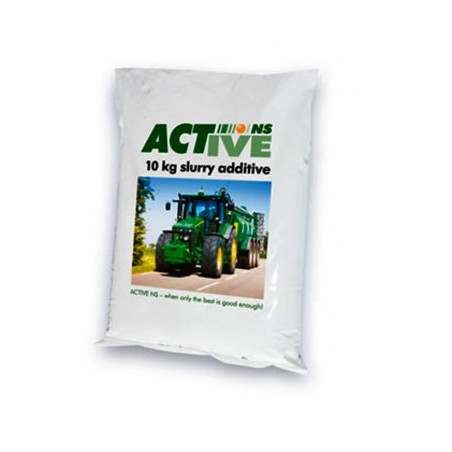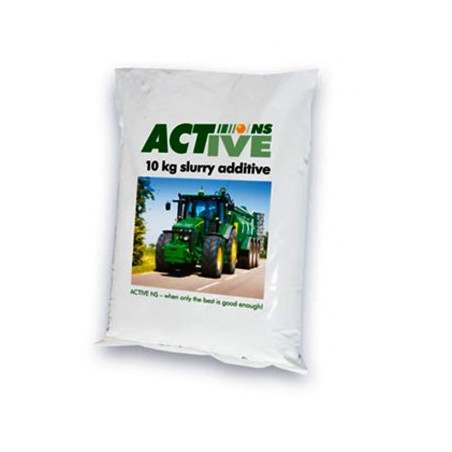Slurry management program design factors are related to the geographic area. Several situations can be considered depending on the farm and cropland ownership structure, as well as the combination of the balance between nutrient supply and demand resulting from the design of the fertilization plan. These situations lead to the scenarios shown in Table 1.
Table 1. General classification of scenarios and objectives to be met.

| Situation / Scenario | Diagnosis / Objective | ||
|---|---|---|---|
|
|
1) Equilibrium in nutrient balance at the farm level | 1) Farm-level process with the objective of improving management capacity |  |
|
2) Nutrient balance at the area level, joining a livestock farm with one or more crop farmers |
2) On-farm process aimed at reducing transportation costs | ||
|
3) Same as #2 but with agreements between several livestock farmers and crop farmers |
3) Collective management, integrating transport and storage. Centralized or combined management can be adopted. Management aspects are limiting factors | ||
| 4) Excess nutrients in the area analyzed, bringing together farmers and crop producers | 4) Collective management, integrating logistics and processing. Nutrients have to be transported out of the area. Management and technological aspects are both limiting factors |
1) Nutrient balance at the mixed farming (crops + livestock) level. This scenario entails individual planning at the farm level and allows management to be simple and relatively inexpensive. It only becomes relatively complex when producing or recovering biogas is of interest. In this case, the decision to adopt it will depend on the profit defined by the farm's energy balance, or by the sale of gas or electricity to third parties. Solid/liquid separation can also improve slurry management. The installations should have a simple design and the farmer should integrate the maintenance tasks into his usual duties.
2) Nutrient balance at the geographical area level, joining a livestock farmer and a crop farmer. This scenario leads to a situation similar to the previous one. This is a common situation when a farmer does not have enough land and has to make an agreement with one or more farmers within a certain distance to avoid a nutrient surplus. The cost of transport can be the limiting factor and treatment processes must be modulated to minimize this cost.
3) The same as scenario #2 but joins many livestock producers and many crop farmers. This scenario requires collective management that may involve centralized or combined individual/group treatment (e.g. on-farm S/L separation and a collective composting plant for the solid fraction), to reduce overall management and transport costs. In this case, the fertilization plan and its implementation is the limiting factor, while the treatment adopted is also a limiting factor to a lesser extent. It is recommended, in this case, to have computerized systems to assist in the logistics of transporting slurry to the fields, to optimize routes, and to monitor the effectiveness of agricultural applications (geographic information systems). Sharing a joint transport tank service is one of the economic benefits that this scenario can offer.
4) Excess of nutrients in the geographic area, even though many crop and livestock farmers have come together. When the cost of transportation, collective treatment, and agricultural application is lower than the individual treatment and agricultural application, the collective approach will be the best solution. The objective of management planning is to guide the fertilization plan and the establishment of the procedure to transform the excess into products to be transported, sold, or used in another geographical area with a nutrient demand. In this scenario, both the management and the treatment are limiting factors. Both must be designed, implemented, and operated following the least complicated guidelines, while keeping in mind that this is a complex project with many variables to consider.
In both Scenario #3 and #4, coordination is very important, so it is highly recommended to set up an association, cooperative, or other legal entity that helps to establish responsibilities in the distribution of tasks and financial obligations.
Defining your situation or scenario does not necessarily happen immediately; it can be the result of repeating the process several times, asking oneself first if Scenario #1 fits your situation and, if not, moving on to Scenario #2, and if necessary moving on to the following ones. At each change of scenario, the fertilization plan must be reconsidered, as the number of farms and the flow of slurry to be managed increases, as well as the cropland area to be fertilized. Although it may seem cumbersome to have to interact with other livestock farmers or crop farmers to define the collective management, being able to manage slurry as fertilizer on the partners' own land is usually cheaper than having to adopt sophisticated technologies.
It may be the case that, despite having a surplus on his farm, the livestock farmer does not wish to collaborate with third parties, be they crop farmers or livestock farmers, to jointly address collective management. This implies adopting a technological strategy to remove nutrients (only nitrogen can be removed) or to recover them in a concentrated form for export.
Whichever scenario a farmer or an association finds itself in among the four described above, it will be in a situation of balance or a situation of surplus. To finish defining the situation, it may be necessary to rethink the fertilization plan, in light of the fact that more land than one's own may be needed.
My situation is one of nutrient balance; I do not have a nutrient surplus 







